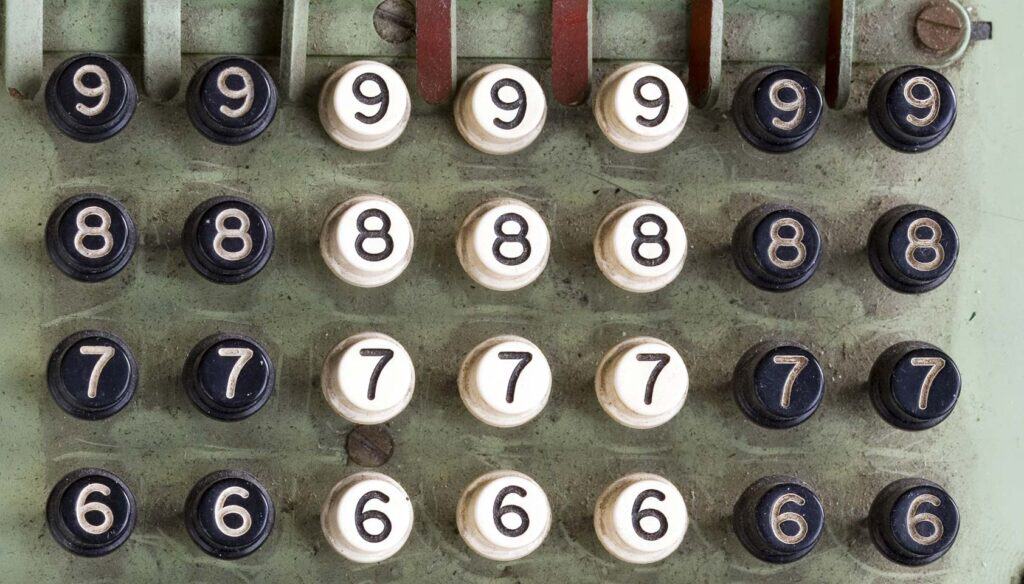Hot on the heels of jQuery Mobile 1.3 comes jQuery 2.0, a brand new, full release version of the popular JavaScript library.
The big news — that we’ve known for a while — is that jQuery 2.0 has dropped the library’s support for Internet Explorer 6, 7 and 8. These so-called legacy browsers are slowly creeping towards extinction and it’s certainly true that very few people still use IE6. However, there are still substantial numbers of clients requesting IE 7+ support.
The payoff for dropping IE6, 7 and 8 is a smaller core file (over 8kb for the minified file), with faster performance.
The developers state that jQuery 2.0 is intended “for the modern web” which is reflected in the lack of support for older IE versions. However, one of the key aspects of the modern web — albeit one we hate to acknowledge — is that people are still using legacy versions of IE, particularly in the developing world. In fact, there are so many people currently using IE8 as their browser of choice, it’s a little difficult justifying the label ‘legacy’ at all. Of course it would be nice to only consider the most up to date browsers, but this move by the jQuery development team feels a little premature.
If you’re one of the unlucky majority who still need to support IE6, 7 or 8 then you’ll need to stick with jQuery 1.9 for now, and hope that jQuery 1.10 — which will support legacy versions of Internet Explorer and is scheduled for release in the near future — will serve your purposes.
The dual fork of jQuery 2.0 and the upcoming 1.10 is almost certainly going to lead to confusion. The difficult question is which version of jQuery should developers be using? jQuery 2.0 is new and shiny, but do the performance gains really justify the price paid? jQuery 1.9 is also relatively new and most of the library’s key changes are included in 1.9.
It’s actually arguable that the new ‘2.0’ label is a red herring, and the real changes took place with 1.9, when a number of inefficient methods were killed off. So perhaps jQuery 2.0 and jQuery 1.10 are merely new in name only, released as preparation for further developments down the road.
For the time being, 1.9 seems to be the sensible choice for the vast majority of jQuery developers. Whether or not that will be true for much longer remains to be seen.
Will you be using jQuery 2.0 in upcoming projects? Which is the oldest version of IE you develop for? Let us know in the comments.
Featured image/thumbnail, legacy computing image via Shutterstock.
